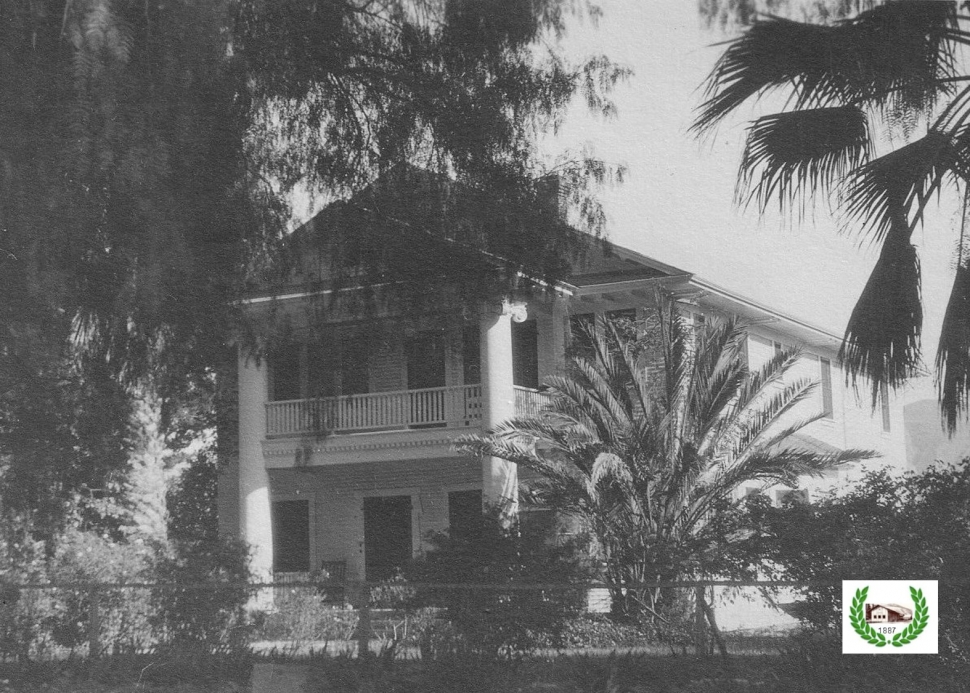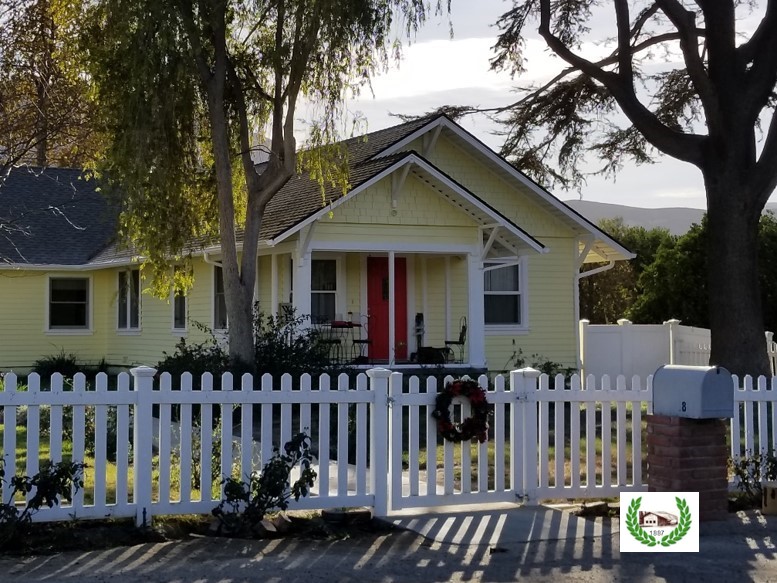|
Fillmore Historical Museum Presents Fillmore Mobile Home History
By Gazette Staff Writers — Thursday, May 9th, 2024
 Pictured is the J. P. Hinckley House, c 1920, Ventura Street, built prior to World War 1, on the southeast corner of Ventura St. and Central Avenue. Photo credit Fillmore Historical Museum.  Above is the Harry Gage Home, c 2018, which was located in Bardsdale and wasn’t too badly damaged after the St. Franics Dam disaster but was moved to a new location. More photos online at www.FillmoreGazette.com. Photo credit Fillmore Historical Museum.  Pictured above is the Dr. Ira Hinckley House, 2021, moved from its original location at 423 1st Street to the Fillmore Historical Museum on Main Street. See more photos on page 9. Courtesy Fillmore Historical Museum Fillmore has a number of mobile homes. We aren’t talking about the type found in El Dorado (although some may make this definition). We are talking about homes (and other buildings) which were built at one location but were moved in or around Fillmore. We have told the story of Trinity Episcopal which was built as a private chapel for Mrs. Mary Bard in Hueneme but later moved to its present location at 2nd and Saratoga. It may not be the building which was moved the farthest distance. It is told (but we have not been able to independently verify) that the John McNab home at 411 1st Street was actually built on Catalina Island and later moved to its present location. One of the earliest buildings moved was a small building originally built by Frank Sprague as a school house located near the mouth of the Sespe. In 1879 the little school was moved to the east bank of the Sespe just a little north of today’s railroad bridge where it served as both church and school. The old school building was moved once again in late 1888 from the east bank of the Sespe to a location two lots south of Sespe St. on the east side of Central Ave where it served the Fillmore School District as an office. In 1890, Dr. John Hinckley bought the old school building that Sprague built and moved it across Central Ave. to a lot on the northwest corner of Sespe and Central. He remodeled it, added a room, and used it as his office and Fillmore’s first drug store. He later sold the building to Owen Miller who turned it into a restaurant. Homes owned by the Hinckley family seem to move around, but only after the Hinckley’s had vacated them. Prior to World War 1, Dr. John P. Hinckley built a home on the southeast corner of Ventura St. and Central Avenue. November 7, 1947, saw this headline in the Fillmore Herald, “50 Ton Building Moved Through Center of City.” The two-story building was moved up Central Avenue to the end of Central Avenue where it now resides. The hardest part of the move was getting it safely over the railroad tracks. Another Hinckley “mobile home” is the 1905 bungalow once owned by Dr. Ira Hinckley that was moved in 1994 from its original location at 423 1st street to the Fillmore Historical Museum on Main Street. Most of the early businesses were on Main Street. But frequent fires destroyed most of Main Street due to the combination of wood buildings, east wind and oil lamps. Central Avenue had been residential, but now became the main business area with masonry buildings. Central Avenue had several homes built on it, including one built in 1895 by Joseph and Mahala Stone where Central Market is now located. By 1910, Mr. Stone had passed away and Central had become the commercial center of town. Mrs. Stone decided to move, but take the house with her. It was moved to 561 Mountain View. Members of the Stone/Morey family lived there until Al Morey (Mahala’s grandson) died in the 1960s. Shortly after the Southern Pacific built the Depot, they also built a “section house” which would house railroad workers and supplies. This house was moved, we believe to the eastern end of Main Street. After the St. Francis Dam disaster several homes in Bardsdale such as the Gage House which weren’t badly damaged were moved to new locations which would be out of the way of the next flood. There is a story we have heard but haven’t been able to document. This would have happened when people knew a flood was coming, such as 1914 or 1938. Supposedly a family was out of town. When neighbors realized their house was in the path of the flood, they moved it to higher ground. When the family returned they were quite surprised to find the house in new location. If anyone can prove this, please let us know. The Fillmore Refinery had several homes within its boundaries. When the refinery was closed these homes were moved to 3rd Street or elsewhere in the city. If you happen to know where one ended up, again, please let us know. |
